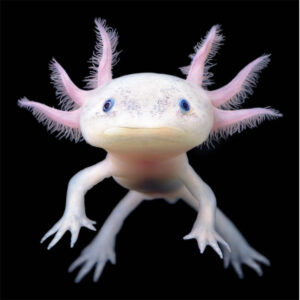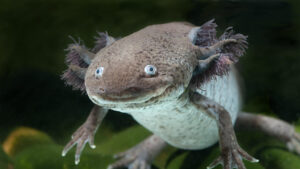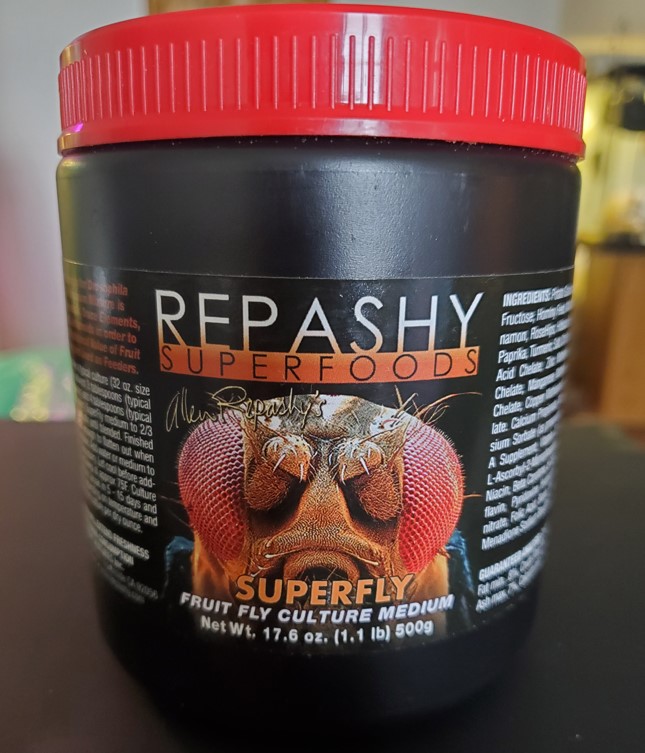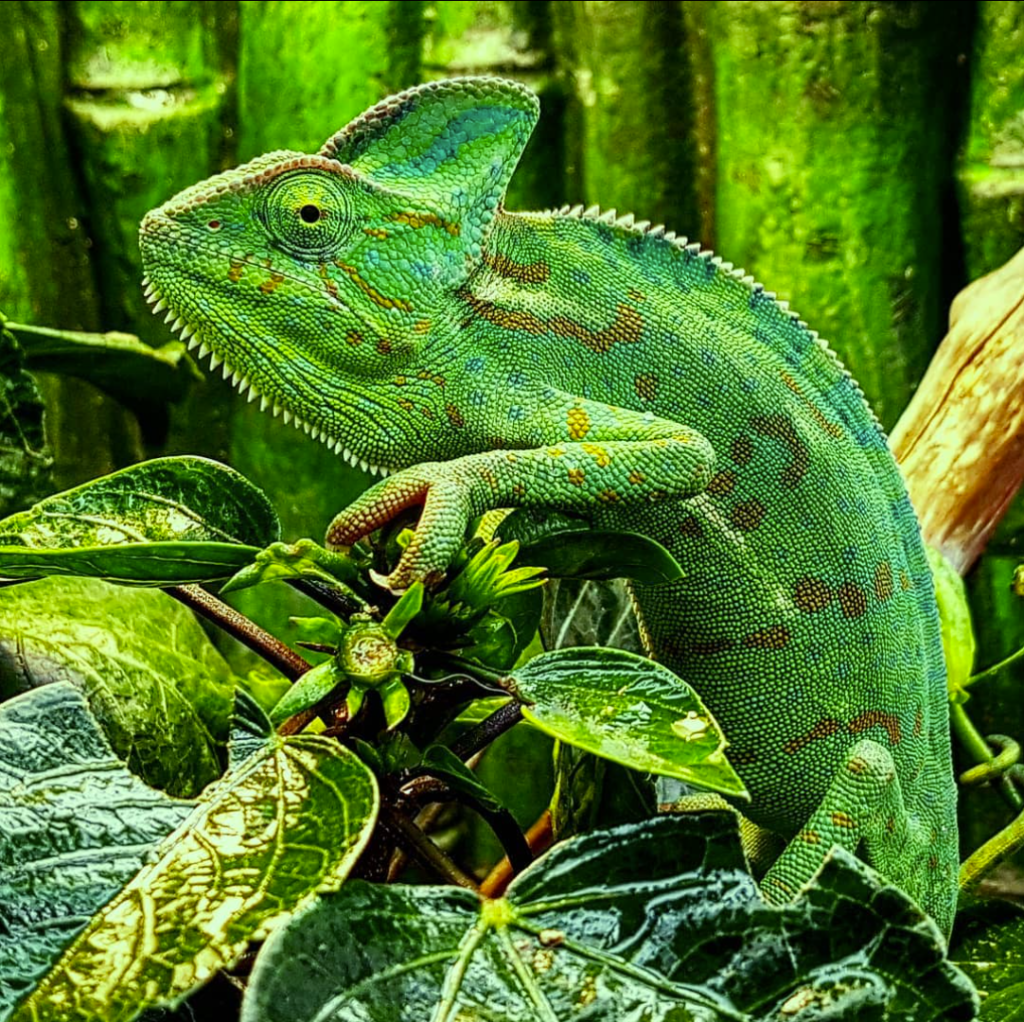 Axolotls are amazing aquatic creatures!
Axolotls are amazing aquatic creatures!
Axolotls, also known by their scientific name Ambystoma mexicanum, are a unique and fascinating species of salamanders native to Mexico. They are popular as pets because of their unique appearance, with their characteristic gills and feathery appendages, and because they are relatively easy to care for. In this guide, we will cover everything you need to know about keeping an axolotl as a pet, including their habitat, feeding, and general care requirements.
Habitat:
Axolotls are aquatic animals, and they must live in water at all times. A 10-gallon aquarium is the minimum recommended size for one axolotl, and a 20-gallon aquarium is ideal for two. It is important to keep the water clean, so a filter system and regular water changes are necessary. The water should be kept at a temperature between 60-65°F and should have a pH between 7.0-7.5. Additionally, axolotls like to have plenty of hiding spots, such as caves or plant pots, in their aquarium to provide a sense of security. The smoother the object the better, and no substrate is recommended as they have very delicate skin!
Feeding:
Axolotls are carnivorous and will eat a variety of live or frozen foods, including earthworms, brine shrimp, and black worms. They should be fed two to three times a week and as much food as they will eat in one feeding. It is important not to overfeed them as this can lead to health issues, such as obesity. In addition, it is important to vary their diet to ensure that they receive a balanced nutrition.
General Care:
In addition to providing a suitable habitat and proper feeding, there are a few other things that must be considered when keeping an axolotl as a pet.
Health:
It is important to monitor your axolotl’s health regularly and to seek veterinary care if necessary. Common health problems include infections, skin issues, and obesity. Additionally, it is important to keep their aquarium clean and free from harmful substances, such as chlorine or heavy metals, to avoid any potential health issues.
Handling:
Axolotls have delicate skin, so it is important to handle them gently and with care. They should never be lifted out of the water and should only be handled for brief periods of time.
Breeding:
If you are considering breeding axolotls, it is important to seek the advice of an experienced breeder or veterinarian. Axolotls can be difficult to breed and are not suitable for everyone.
In conclusion, axolotls are fascinating and unique pets that are relatively easy to care for. By providing a suitable habitat, proper feeding, and regular health monitoring, you can ensure that your axolotl will thrive and live a happy life. If you have any questions or concerns about keeping an axolotl as a pet, seek the advice of an experienced breeder or veterinarian.
Pictures are from National Geographic & WWF.





